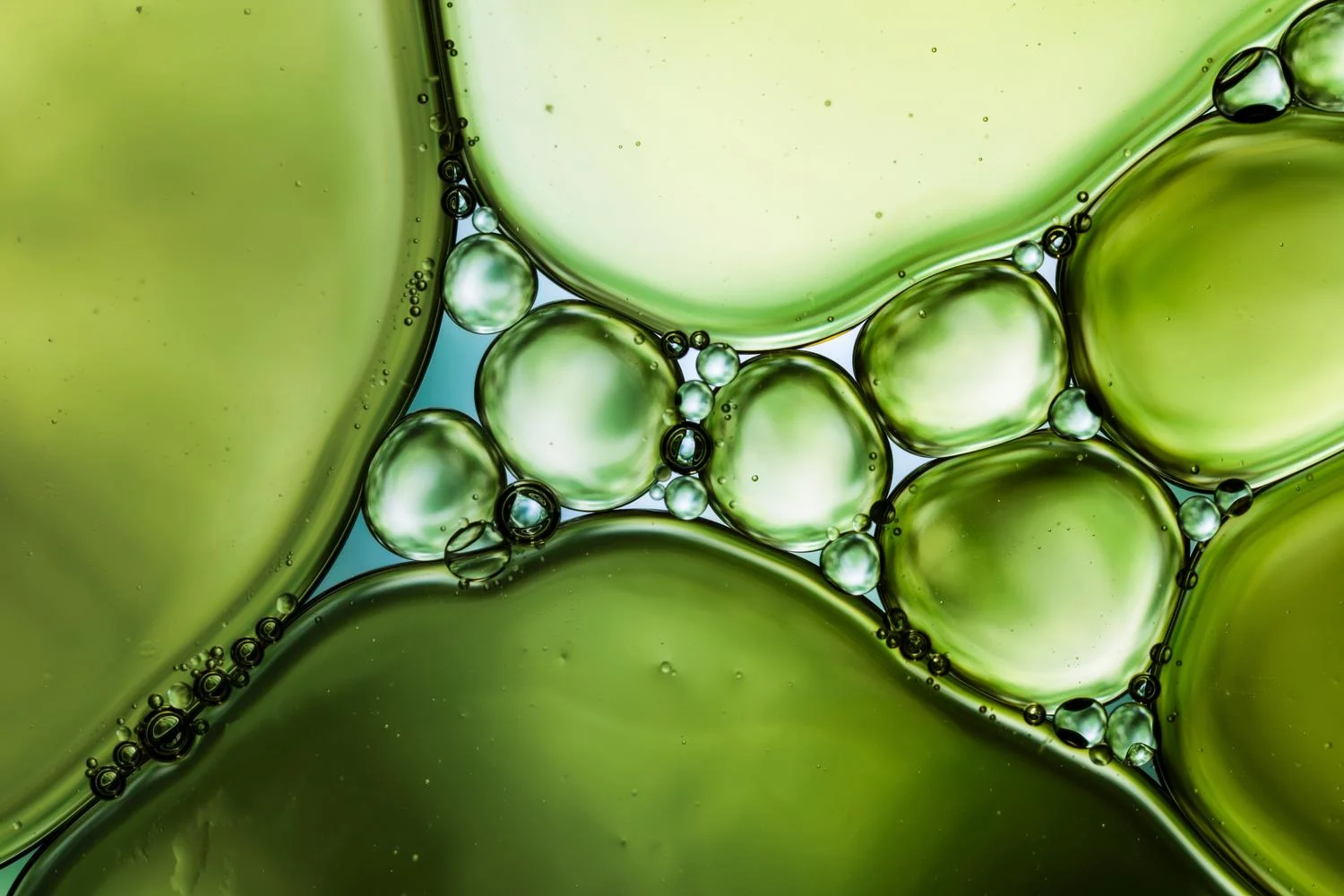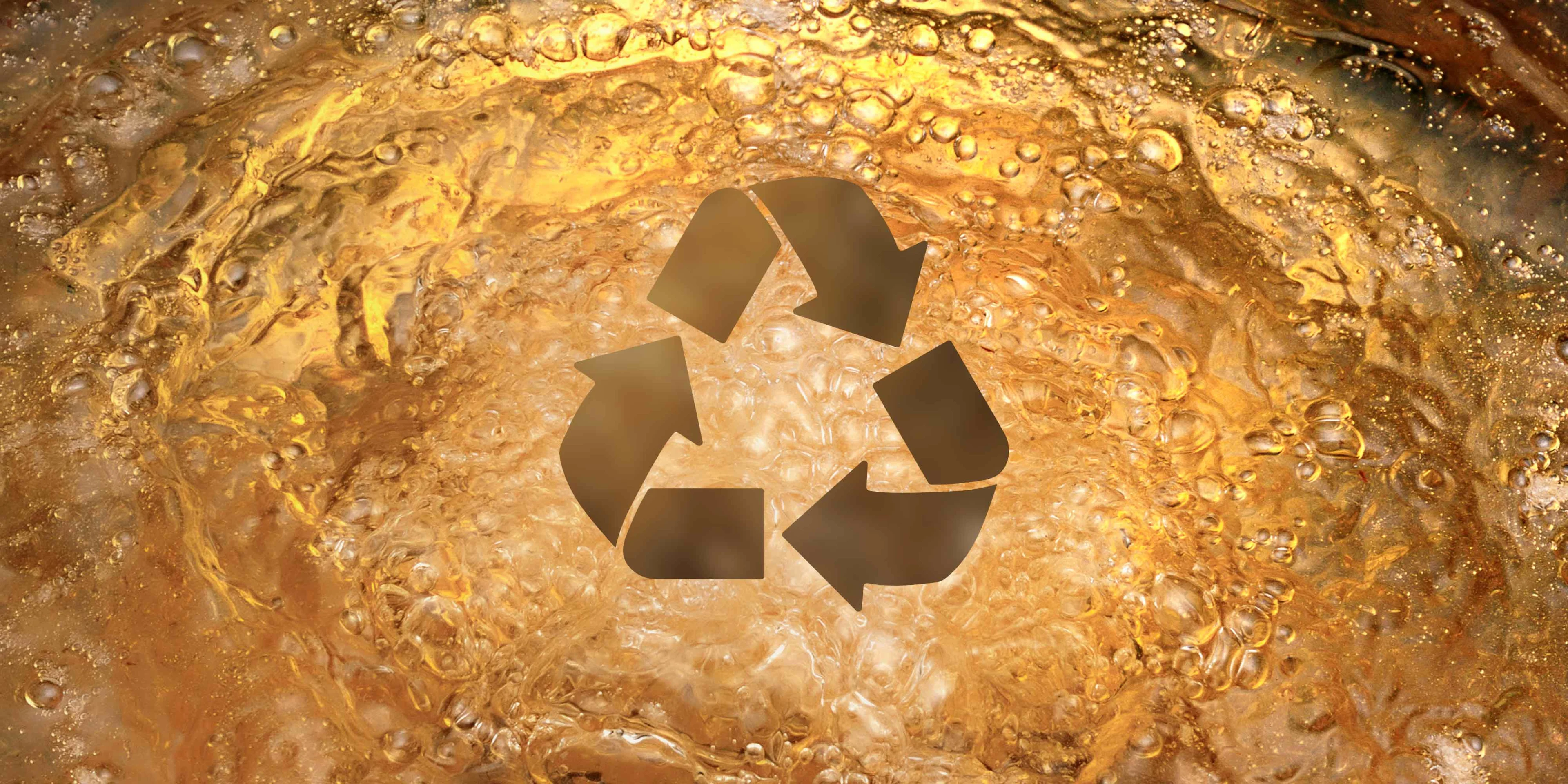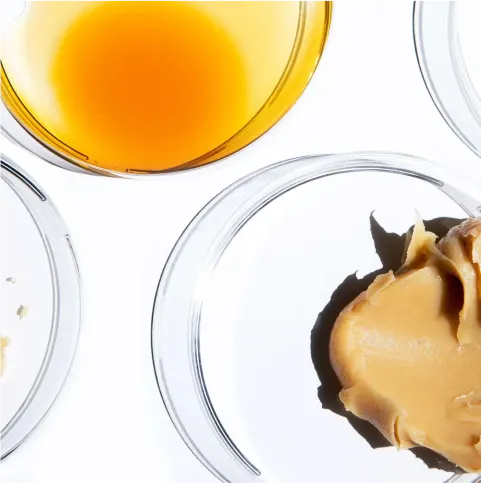Renewable raw materials in our portfolio today

Neste uses a wide variety of raw materials each year to produce renewable products at our refineries in Finland, the Netherlands and Singapore, and at our joint operation in California, in the U.S.
We have focused on waste and residue raw materials for over a decade, and they account for approximately 90% of Neste’s total renewable raw material inputs globally. Proportions of individual raw materials in Neste's refining vary year by year, depending on their availability, price, and specific market requirements, for example.
Neste also uses smaller amounts of vegetable oils the production of its renewable products. In addition, we are working on introducing novel vegetable oils from regenerative agricultural practices to our raw material portfolio in the short to mid term.
An extensive portfolio of globally-sourced raw materials provides Neste flexibility, as it allows us to respond to the needs of different markets and customers. Our proprietary NEXBTL technology enables the use of a wide variety of renewable fats and oils in the production of renewable products. Our renewable products are always of premium quality, regardless of the raw materials we use in their production.
We are constantly looking into diversifying our portfolio with new raw materials. Replacing fossil oil with renewable and recycled raw materials helps reduce crude oil dependency and related greenhouse gas emissions to mitigate climate change.
We select our suppliers carefully. We require all our renewable raw material suppliers to comply with Neste Supplier Code of Conduct and Neste Responsible Sourcing Principle: all of our contracts with renewable raw material suppliers include strict terms on sustainability: e.g. protecting biodiversity and respecting human rights.
Neste sources renewable raw materials globally. Over the past few years, we have been strengthening our local presence in the regions where we source raw materials. This provides us with better visibility into the supply chain, enables closer engagement with our suppliers, and provides us with more control to ensure high level sustainability performance.
Read more about how we aim to ensure the supply chain sustainability.
Waste and residues as renewable raw materials
Efficient utilization of wastes and residues is one of the cornerstones of the circular economy. Producing high-quality products from waste and residue raw materials is an example of efficient use of resources. It also provides one of the key means to reduce the pressure to clear new areas of land for the cultivation or production of virgin raw materials for various uses.
The life cycle emissions of products produced from waste and residues are also typically smaller than those produced from virgin vegetable oils, and significantly smaller than life cycle emissions of fossil oil based alternatives.
Waste and residues in our current portfolio
Neste uses a wide variety of globally-sourced raw materials each year to produce its renewable products. The majority of these are wastes and residues. Used cooking oil, animal fat waste, and various wastes and residues from vegetable oils processing represent the top three waste and residue raw material categories we use based on their current and estimated shares of Neste’s total annual renewable raw material inputs.
None of our raw materials represent the majority share of the total annual inputs, which means that Neste’s renewables business is not reliant on any single raw material. Proportions of individual raw materials in Neste's refining vary year by year, depending on their availability, price, and specific market requirements, for example.
Used cooking oil (UCO)
UCO consists of oils and fats of vegetable or animal origin that have been used by the food industry, restaurants, households to cook food for human consumption.
UCO is considered a waste as it is no longer fit for human consumption for food hygiene reasons.
We source UCO globally from collectors and aggregators in multiple countries in APAC, Europe and the U.S., among others. In May 2020, we completed the acquisition of Mahoney Environmental, a leading collector and recycler of used cooking oil in the United States, and its affiliated entities. In 2023, we strengthened our presence in the region and acquired a used cooking oil collection and aggregation business from Crimson Renewable Energy.
Animal fat from food industry waste
Animal fat from food industry waste is derived from the food industry’s meat processing waste as it is further processed into meat and bone meal, as well as rendered animal fat at rendering plants.
Rendering is a heating process which also eliminates pathogens in order to protect the health of humans and animals.
Neste sources primarily animal fat waste that is unsuitable for human consumption. In addition to biofuels, animal fat waste may be used in the chemical and energy industries, and partly in animal feeds.
We source animal fat waste globally. In 2018, we acquired 51% of the shares of Demeter, one of the largest animal fat traders in Europe, and in 2023 we increased our ownership to 80% of the company and agreed to acquire the remaining shares over the next few years. We have also acquired 100% of Walco Foods, an Irish trader of animal fats in 2022.
Vegetable oil processing waste and residues
Many vegetable oil processing wastes and residues can be used as raw materials to produce renewable products.
Of these types of wastes and residues, Neste uses, for example, palm fatty acid distillate (PFAD), spent bleaching earth oil (SBEO), empty fruit bunch oil (EFBO) and palm oil mill effluent (POME).
PFAD is a processing residue derived from the final stages of refining food-grade palm oil. It consists of degraded fats, free fatty acids, that need to be removed before palm oil meets the food industry’s quality standards in terms of taste, smell, color, and shelf life.
SBEO consists of oil waste recovered from spent bleaching earth that is used in the refining processes of various vegetable oils. POME oil is waste derived from palm oil mill effluent; it consists of the remaining oily waste skimmed from the palm oil mill’s wastewater.
Empty fruit bunches (EFBs) are the remains of the oil palm’s fresh fruit bunches after the fruit has been stripped for oil pressing. Residual oil can be recovered from the EFBs, and this oil is referred to as “EFBO”.
Fish fat from fish processing waste
Fish fat waste is separated from gutting waste.
Fish fat waste is separated from the gutting waste of, for example, freshwater fish pangasius after the parts suitable for human consumption have been removed for the food industry use at fish processing plants.
Technical corn oil
Technical corn oil (TCO) is a processing residue generated in the production of ethanol from corn, during which also animal feed is produced.
The yields of TCO are small, and this residue is not suitable for human consumption.
TCO is used primarily as raw material in the oleochemical industry as an animal feed additive and as raw material to produce renewable fuels. The need for ethanol as a bio component in gasoline blends has increased the availability of TCO as raw material. We source TCO from the U.S.
Tall oil based raw materials
Crude tall oil is a residue generated at pulp mills when pulp is produced from pine wood.
Crude tall oil is further processed at tall oil refineries. Distillation process produces different fractions such as tall oil fatty acids, tall oil rosins, and tall oil pitch. Crude tall oil and some of its derivatives can be used as raw material for renewable fuels production. Tall oil derivatives are also used for various chemical applications. Neste can use crude tall oil based fatty acids as a raw material.
Food waste
“Food waste” refers to food that the holder discards or intends or is required to discard as waste.
It includes material from food manufacturers, retailers or consumers that is unfit to be consumed as food or feed. Food waste may include food that is out of date (food that has exceeded its shelf life) and food that is out of specification (food that fails to meet the required end of use specification).
Pretreatment capacity being expanded
To supplement our global platform for raw material sourcing, we have been developing our unique capability to pretreat, i.e. purify, low-quality raw materials to remove impurities.
Our Sluiskil plant in the Netherlands, for example, specializes in pretreating renewable raw materials for our refineries. In 2021 we acquired the Bunge Loders Croklaan’s refinery plant (Neste Pretreatment Rotterdam) in Rotterdam, the Netherlands. This acquisition has allowed us to scale up our renewable raw material pretreatment capacity and is an important driver for expanding the use of waste and residue raw materials.
Our production capacity expansion at the Singapore refinery further improved our raw material pretreatment capacity, enabling us to use even lower-quality waste and residue raw materials that would otherwise have been difficult or impossible to process.
Exploring new wastes and residues
We are continuously searching for even lower-quality wastes and residues to be used in the production of fuels.
We are improving the availability of emerging, lower-quality waste and residue raw materials, such as acid oils and wastewater-derived grease (i.e. “brown grease”), while continuing to study lignocellulose, such as agricultural and forest harvesting residues as future raw material options.
Read more about our future raw materials here.
Other renewable raw materials
In addition to various wastes and residues, we also use smaller amounts of vegetable oils in the production of our renewables.
Vegetable oils in Neste’s raw material portfolio include rapeseed oil, soybean oil, sunflower oil and camelina oil (limited use in a project).
In the short- to mid-term, we aim to introduce novel vegetable oils (NVO) from advanced agricultural concepts to our raw material portfolio.
Share this

